Illinois Shooting Range Braces for New Concealed Carry Law with Huge Upgrade
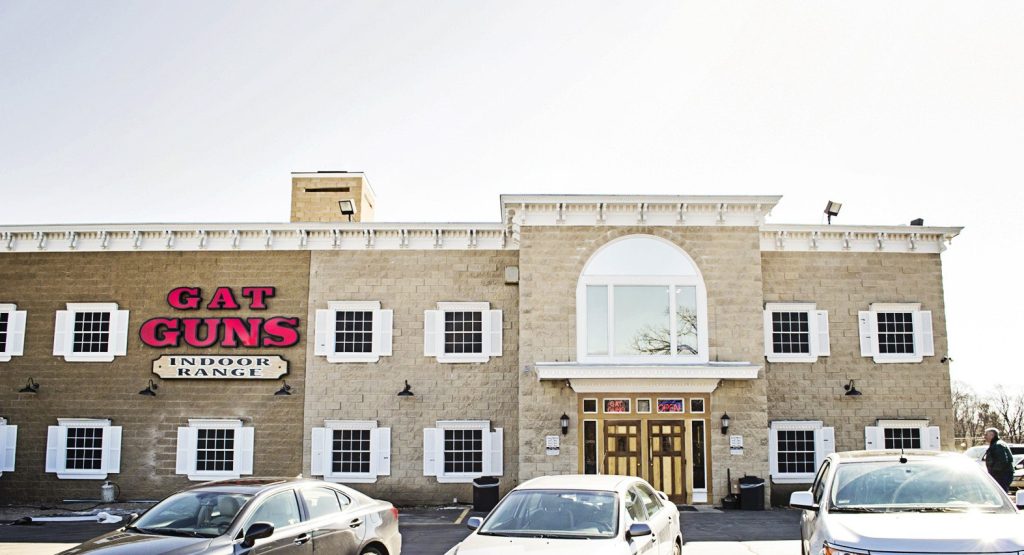
As Illinois becomes the 50th state to allow the concealed carry of firearms, one shooting range a half hour out of Chicago is preparing for the influx of new shooters and turning heads in the process. GAT Guns of East Dundee, Ill., recently added a monumental 39 new indoor lanes to its existing 24 making […]
The Equipment You Need to Make a Good Shooting Range Great: Pt. 2

By Matt Brinkerhoff, Action Target Range Consultant When it comes to shooting ranges, bullet containment is the paramount concern. As we discussed in our last article, the appropriate bullet traps and safety baffles need to be in place in order to keep your customers and employees safe. That means bullet traps that reliably collect and […]
The Equipment You Need to Make a Good Shooting Range Great: Pt. 1

By Matt Brinkerhoff, Action Target Range Consultant Anyone who has been to a quality shooting range knows it requires much more than a line drawn in the dirt and a few paper targets. Great shooting ranges are designed to protect customers, employees, and the environment. Here at Action Target, we specialize in designing, manufacturing, and […]
The Top 3 Things to Consider When Building a Shooting Range
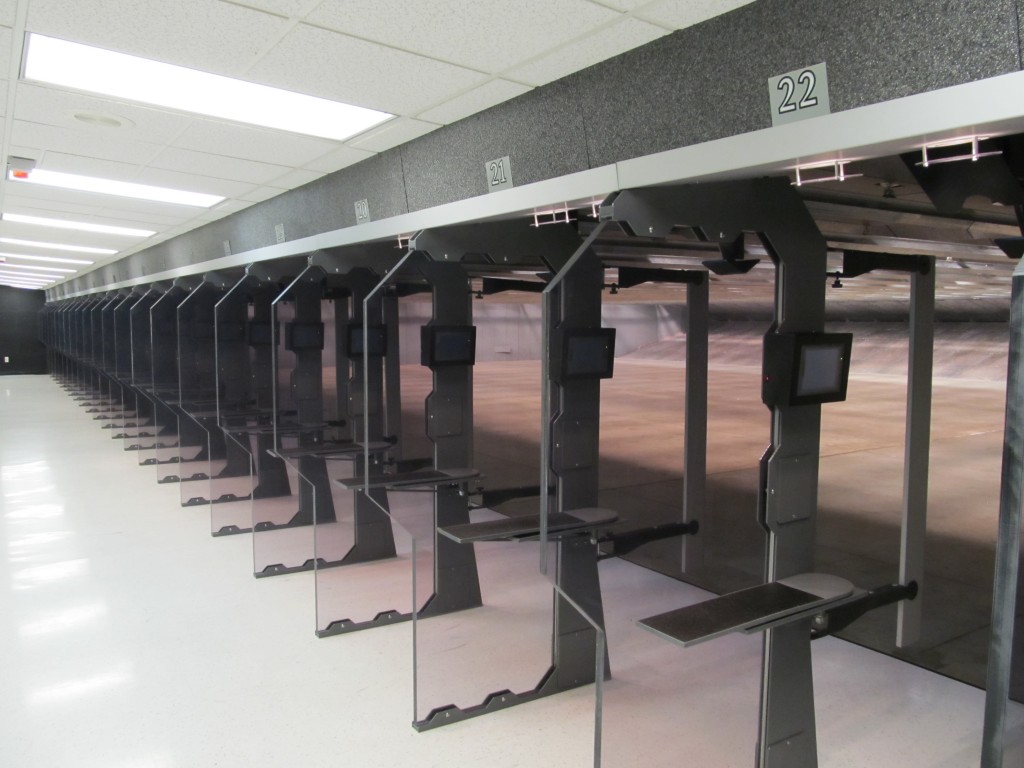
Building a shooting range is a huge endeavor that should be approached cautiously and systematically. There are many things to consider and potential issues you may have to deal with; however, don’t let that deter you. Building a shooting range is a perfectly attainable goal if you start things right. Even if you already own […]
Which System is Better for the Total Containment Trap: Conveyor or Bucket?
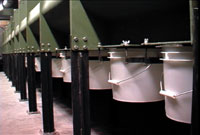
The goal of every range should be to increase facility revenue. In order to achieve this goal, all range products and features should be carefully evaluated to ensure they maximize revenue and are aligned with the volume of range use. While the bucket system is the ideal solution for some ranges, Action Target recommends that […]
What is the Best Bullet Trap for my Range?
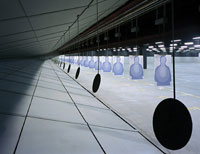
Choosing a bullet trap is an important decision that will directly impact a range’s profits. However, it is a decision that often seems overwhelming given the number of options available. To truly understand how important a bullet trap is to range operations and budget, it is helpful to think of the range as a large […]
Action Target Renovates Ohio Indoor Range
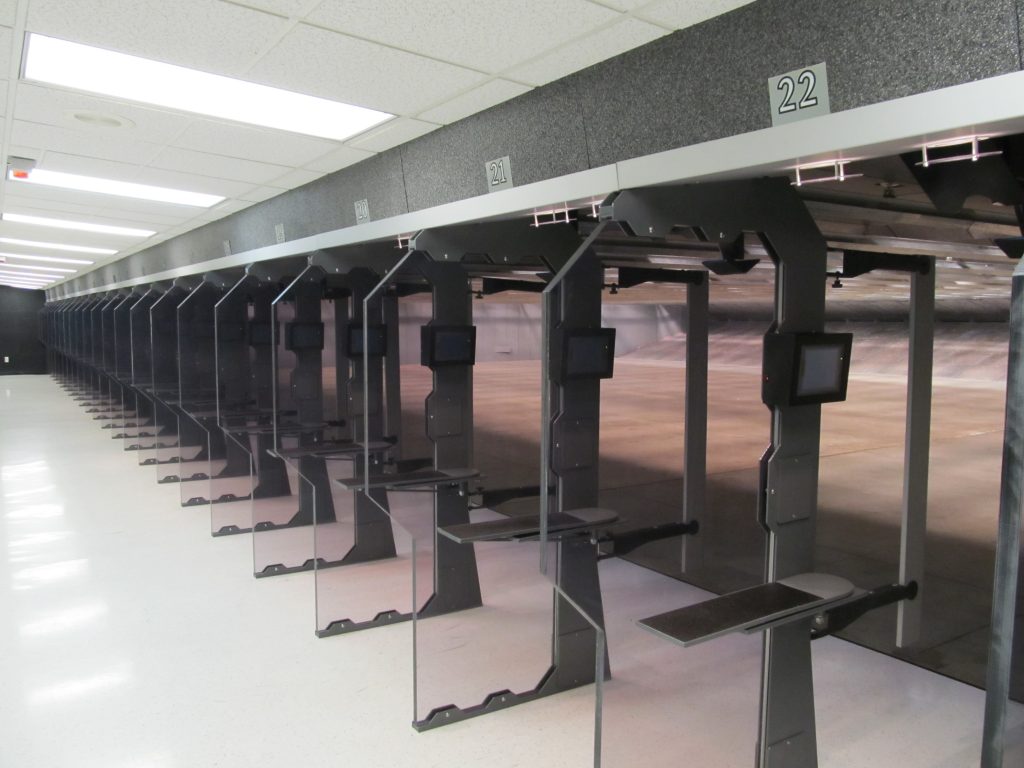
Action Target first worked with Ohio State Highway Patrol back in 1999 when we installed our “state of the art” Total Containment Trap. When it was determined the Highway Patrol would renovate the rest of their existing facility in 2011, we were contacted directly by the architect for specifications on the new equipment that would […]
Action Target Completes Build for Jay Henges Range in MO

In 1937, the Missouri Constitutional Amendment created the Missouri Department of Conservation (MDC) to “restore, conserve, and regulate Missouri’s over-stressed fisheries, forests, and wildlife populations.” The MDC administers more than 975,000 acres and maintains five staffed shooting ranges, along with more than 70 unstaffed ranges. These ranges experience tremendous use from Missouri locals, many who […]
Free Webinar – Choosing the Optimal Bullet Trap: The Total Containment Trap
Choosing a bullet trap is one of the most important aspects of designing and building a shooting range – an area you simply cannot afford to cut corners in. Unfortunately, it can quickly become overwhelming to determine the best, safest, most reliable, and most economical solution to fill your range’s needs. Luckily, Action Target is […]